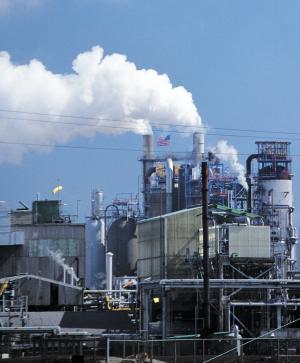Environmental Emissions: The cost to power markets of the Clean Air Interstate Rule depends on the ability to trade mercury.
Peter Rosenthal is Washington bureau chief at Argus Media, a global energy markets publisher. Contact him at prosenthal@energyargus.com.
Billions of dollars of ratepayer money will be spent in the next decade on pollution-control equipment to meet new rules that amount to an Environmental Protection Agency (EPA) bet that mercury can be traded like soybeans, oil, and more pertinent, SO2 and NOx.

Most of the projected $52 billion in new equipment—scrubbers for SO2 and selective catalytic reduction units (SCRs) for NOx—are a result of tighter limits on those two pollutants, according to EPA estimates.
By throwing in mercury, the EPA has provided cover for utilities that were reluctant to spend on one of those other devices, while giving an immediate and long-term boost to the handful of companies that make equipment aimed at curbing mercury.
